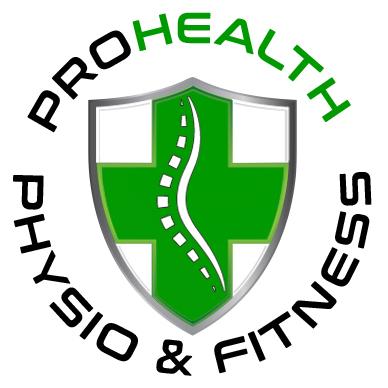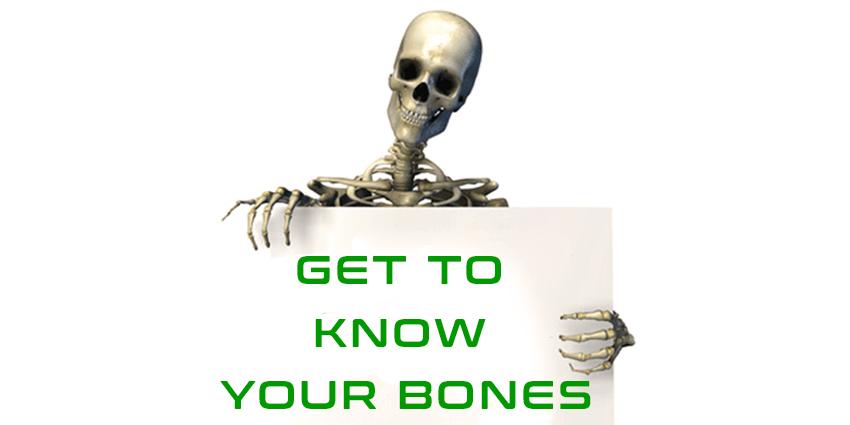As physios we often hear of bone myths that can be confusing or misleading. Want to understand your bones?
Bones Myths – We hear a lot of Bone Myths which can get confusing, and even misleading. Lets go through some common questions about bones and their healing!
All bones take the same time to heal – FALSE. Bones all have the same healing pathway (inflammation, soft callus formation; hard callus formation; re-modelling). In children, bone healing takes approximately 4-6 weeks, but in adults it tends to take 6-16. However, healing time can vary based on break location, blood flow, joint involvement, immobilization, and complications.. Also, the final stage of bone healing (remodeling) actually happens over several years after the break!
If you break a bone, it heals stronger – FALSE. Bones heal in phases, first knitting together, then regaining strength to match other bones, but not exceed them.
Babies have more bones than adults – TRUE. As babies, we have lots of little bones and all our bone growth plates. Over time, these fuse into strong adult bones, leaving us with fewer than we had as children.
Impact makes bones stronger – TRUE, but not in the way you might think. Studies have found that repetitive impact increases bone mineral density. Higher bone density means stronger, less porous bones. Studies show hopping, jumping, and skipping help improve it—unlike high-impact hits in NRL or martial arts. Power and resistance training also boost bone strength, so check out this month’s exercises to get started!
Calcium from milk makes your bones strong – HALF TRUE. Milk makes bones strong” is only half true—calcium helps, but many nutrients are needed. Bones constantly break down and rebuild throughout life, and with age, breakdown outpaces repair, leading to conditions like osteopenia and osteoporosis. To encourage the balance of breakdown and repair, good nutrition encourages healthy bone building! Have a look at this month’s diet information for more details on what vitamins are key to bone health!

